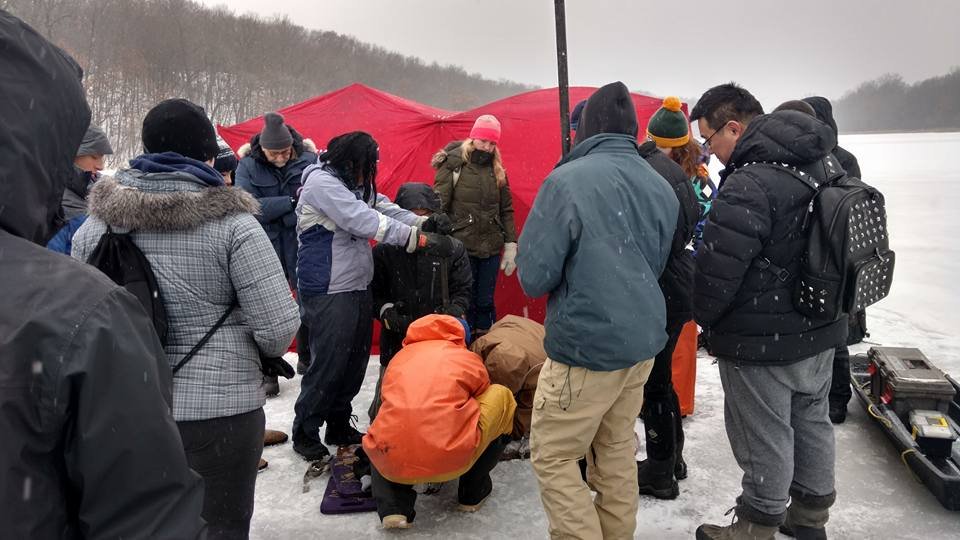Education and Training
The CSD Facility supports our diverse communities of researchers in a variety of ways. We provide hands-on training to all Facility visitors, and low-cost access to equipment and cutting-edge instrumentation.
Training Videos on YouTube
We have project documentaries, fieldwork footage, and educational resources available on our YouTube channel.
Visiting Graduate Student Program
The Visiting Graduate Student Program (VGSP) offers competitive travel grants of $1000 for students, especially those without access to instrumentation at their home institutions, to visit the Facility and get the most out of their cores at the early stages of research.
Cores and Undergraduate Education
Project-based training through undergraduate research prepares college students for graduate school and other geoscience careers. The CSD Facility has supported over 100 undergraduate researchers in programs such as the National Science Foundation Research Experience for Undergraduates (REU), Keck Consortium, and individual research projects.
Lakes are fantastic vehicles for education: their study integrates physics, chemistry, and biology, along with numerous geoscience subdisciplines and even the humanities (e.g., history, sociology, literature, art). Cores of lake sediment can be collected at low cost, and offer a highly flexible focal point for training in CSD workflows from project design to sample archiving, with numerous scientific dimensions for exploration.
The CSD Facility advocates for using cores in place-based STEAM (science, technology, engineering, art, and math) education. Our personnel regularly go into the field with undergraduate courses at UMN and nearby institutions to collect cores, and then host the students and faculty in the lab to describe and analyze cores, subsamples, and water chemistry data for laboratory exercises.

Collaboration and Integration
The CSD Facility coordinates integration of best practices from across the broad community and disseminates them in online protocols and in-person training, building a shared infrastructure of equipment and instrumentation and a knowledge base that can be leveraged by the CSD community. This development requires creativity, diligence, and testing at the Facility, and frequent and far-ranging discussions with members of the community—thousands of researchers worldwide—who may have developed methods and practices independently.

